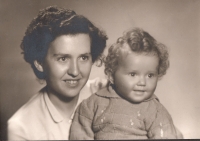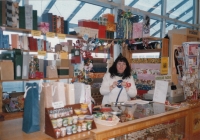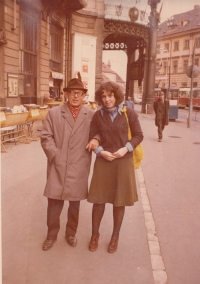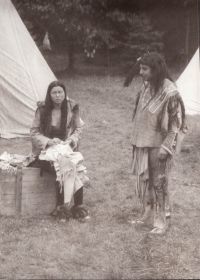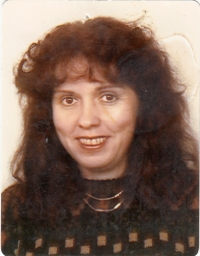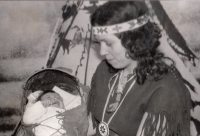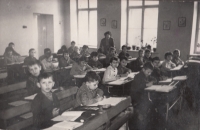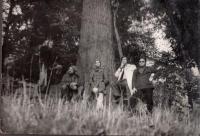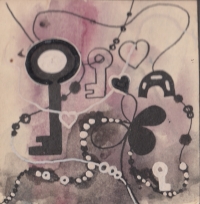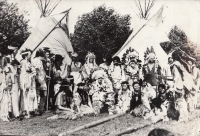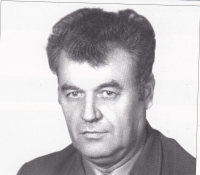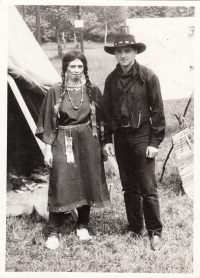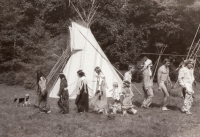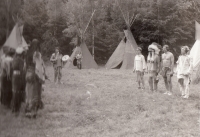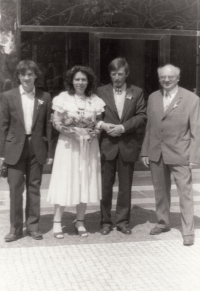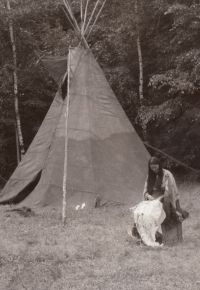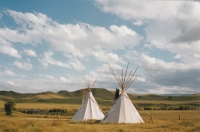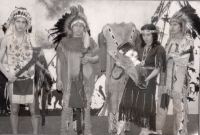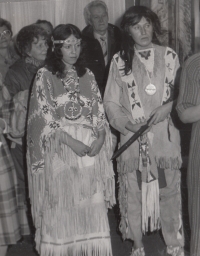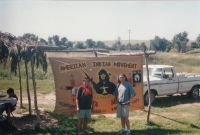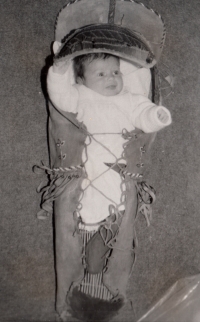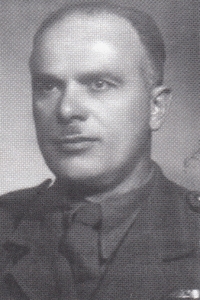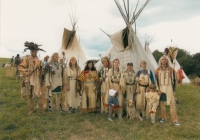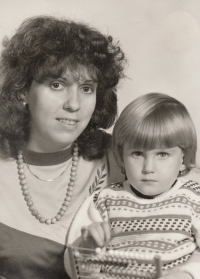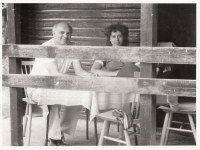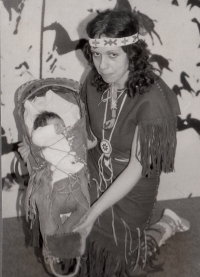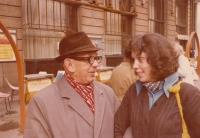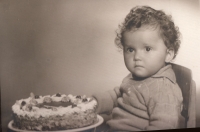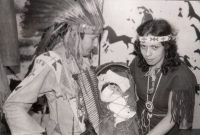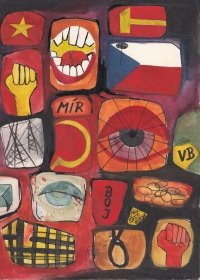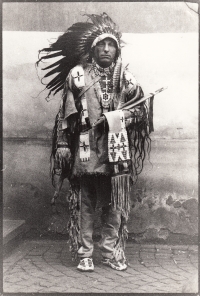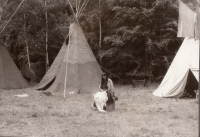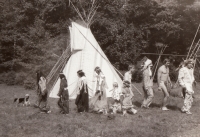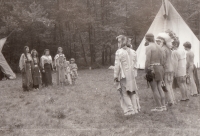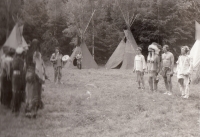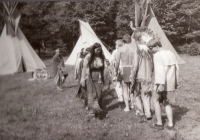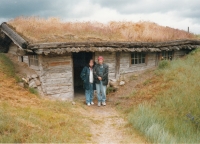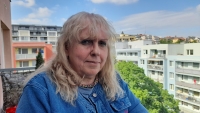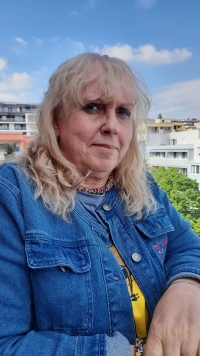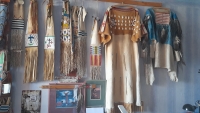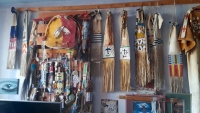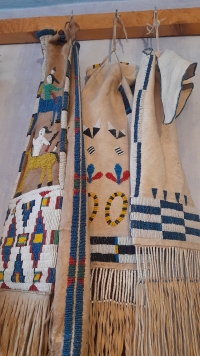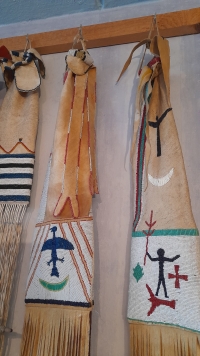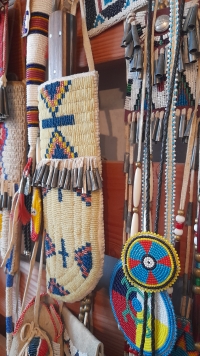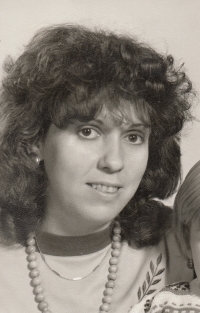To live free as Native Americans, it meant freedom but also hard work
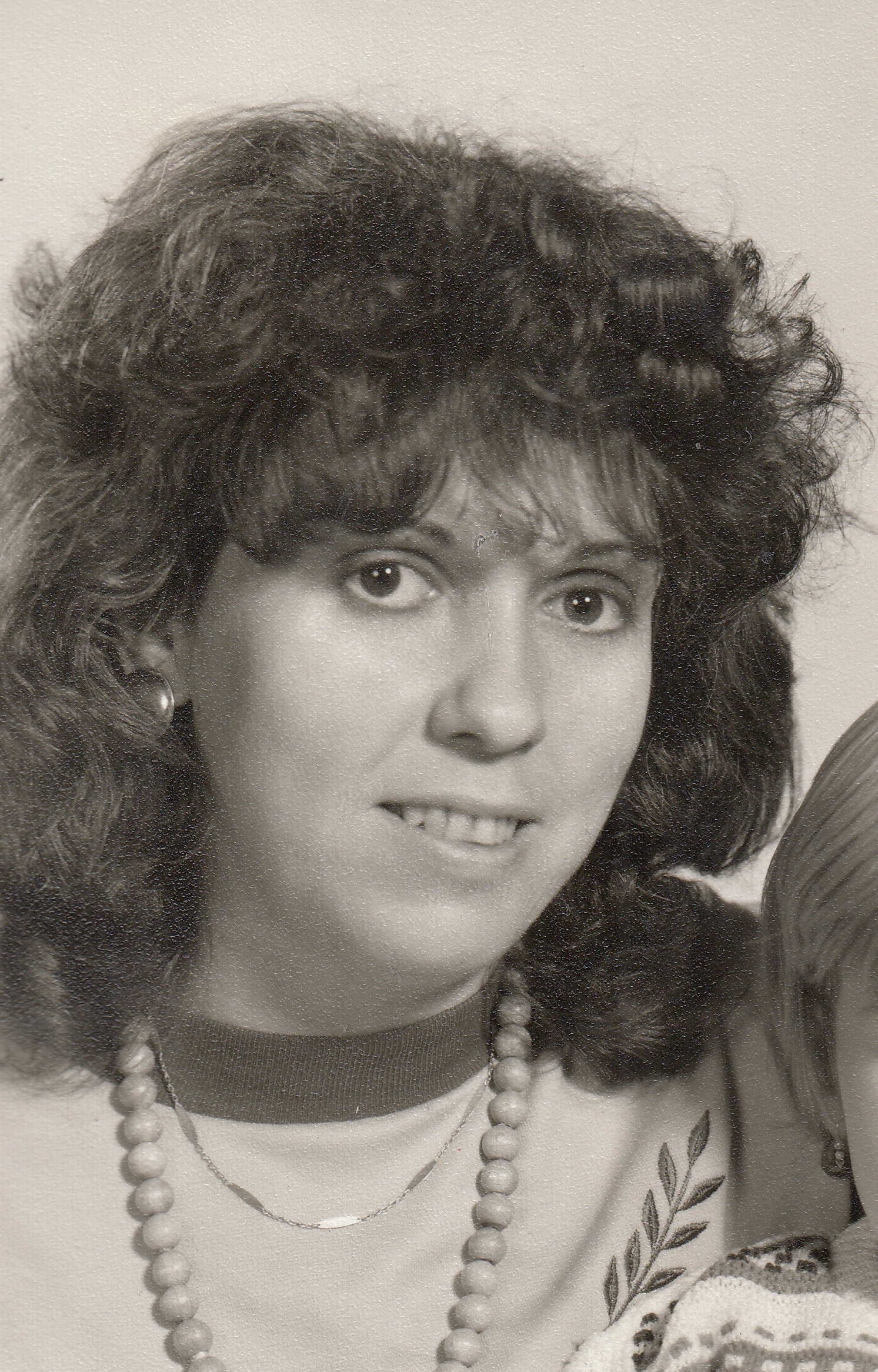
Stáhnout obrázek
Jarmila Nyklesová, née Čechová, was born on 13 June 1956 in Šumperk. Her father Vladimír, a mechanical engineer, was from a family of Volhynian Czechs, her mother Jarmila, née Tlustošová, came from Olomouc and worked as a secretary in a textile factory in Šumperk. Father Vladimír Čech as a then seventeen-year-old in 1944, together with his father Josef Čech, volunteered to join the 1st Czechoslovak Army Corps. They fought at Dukla and in May 1945 they reached Prague. Her grandfather then settled with his family in Šumperk, where he was given a farm and fields, which the communists deprived him of again after 1948. At the age of twelve, Jarmila experienced the arrival of tanks in Šumperk. In 1970-1974, she studied at the Textile Industry School in Brno, majoring in design. She then got a job in Prague at the House of Housing Culture, where she designed patterns for home textiles. For most of the normalisation years she worked as a window dresser in department stores. At the beginning of the 1980s she was interrogated by the police in Bartolomějská Street because she was friends with some Chartists. The interrogation was a traumatic experience for her, which turned out to be a turning point in her life. She changed her interests and friends and became involved in North American Indian (Native American) culture. In 1984, she married Luděk Nykles, with whom she became involved in the activities of a community of so-called Euro-Indians (Euro Native Americans), people who organised meetings and camps where they tried to get as close as possible to the life of the Native American tribes. As an artist, she created countless Native American beadwork, clothing and artifacts in her lifetime. It wasn‘t until after the revolution in 1989 that she and her husband were able to visit the United States. Around the age of 50, she radically changed her job and after completing a retraining course, she worked for several years until her retirement as an orderly in the operating room at the Na Homolka Hospital. She and her husband raised their daughter Iva.
